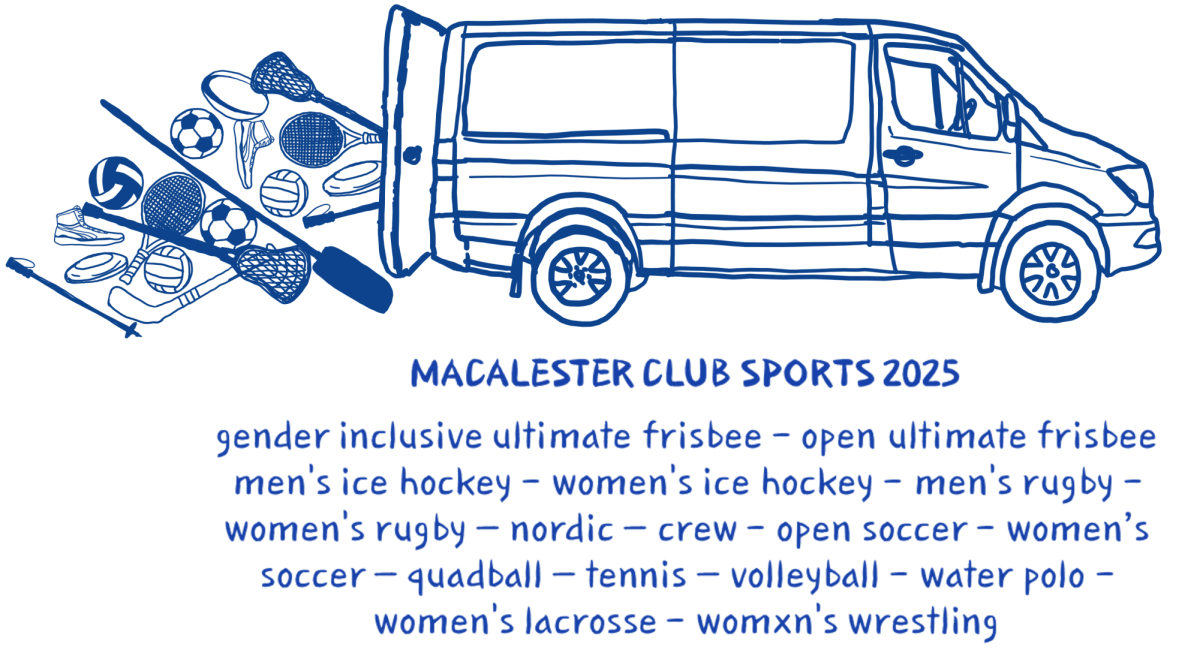The Winter Cycling Congress began in Minneapolis on February 2, with 275 people from all over the world converging. The Winter Cycling Congress adopted its name due to the issue at hand. There are real and perceived barriers toward biking in the winter time, and as one panelist wittily noted, “There is no bad weather, only bad clothing.”
The Congress’ main focus, however, was to find ways to improve the equity of bicycling. Full equity would allow for everyone to have the opportunity to bike year-round and safely. The overarching vision is “winter cycling for everyone,” a world where cycling is understood as commonplace, where cities take the initiative to become more bike-friendly and increase bike riding.
City planners from the Netherlands, Seattle, Denver and the Twin Cities came to speak about bike infrastructure in urban areas and why cities need to go from being car spaces to bike-friendly places. Although bicycling is still a recreational activity, it has evolved into much more. Bicycling is becoming a way of commuting to and from places, especially in highly-concentrated urban areas. It offers health benefits, saves money and helps the environment by reducing carbon emissions. These urban areas have to consider making the move toward bicycle-friendliness because cars take up too much of the space within the city.
Cars take up too much space?
While gasoline prices may be at an all-time low, this joy ride will not last forever, or for long. As less gasoline is dug out of the Earth, car companies begin to depend on new innovative ways to manufacture cars. Cars produce carbon emissions into the air, polluting the air and contributing to climate change. So, what is preventing America from moving away from its identity as a car country, and why do we continue to manufacture cars? Climate change is a problem; cars are expensive, and they’re taking up unnecessary space.
One of the popular theories is that Americans have a love affair with their cars. This is plausible. Cars provide a convenience that bicycles do not, at first. As a bicycle commuter and driver, I understand both sides of the love affair. I came from a small town where bicycling was not an option, and I had to drive to get most places. I fell in love with driving. Then I moved to the Twin Cities, one of the most bike-friendly places in America, and I learned how to commute. I became comfortable signaling and being on the road with drivers.
When I went home for winter break I was less than excited to drive. I had freedom and mobility, but it was not the same as biking. Bicycling has health benefits, and it makes commuting almost easier. As I learned from the congress, most places are providing more public transportation and bicycle infrastructure.
For example, with the establishment of the Green Line, Minneapolis and Saint Paul are making the shift towards more public transportation and more bicycle infrastructure, much like many major European cities. Speakers from Europe were especially keen to point out how their cities were consistently listed as the most bike friendly places. However, European cities were designed and built long before the invention of the automobile. So, maybe it is not a love affair, but the built landscape. European cities are older, and it was harder to provide for a car landscape. European cities were perfectly capable of building highways, and they are perfectly capable of tearing them down.
In 2011 Madrid, Spain tore down one of its major highways and rebuilt it as a park. The park, named Madrid Río, expands six miles and lies along the Manzanares River. All across the world, highways and car-focused landscapes are being reclaimed by waterfronts and new public spaces are being created. Decades of car-usage has suddenly transformed cities into focusing on brilliant and open spaces for pedestrians and bicyclists. Protected bike lanes are in the toolbox for city planners for the benefit of bikers.
It is not reasonable to say we can completely get rid of cars. However, it is an option to bike, walk or use multi-modal means of transportation (bus, light rail and maybe a walk) in urban areas. We do not have a solution to carbon emissions, but we have an alternative in urban areas to reduce their impact on the environment. Cars can provide security in suburban areas, but bicycles can provide freedom and mobility in urban areas.







Ava Taylor • Sep 6, 2019 at 5:58 pm
Awesome YouTube video clips posted at this site, I am going to subscribe for on a regular basis updates, for the reason that I donít would like to miss this series.